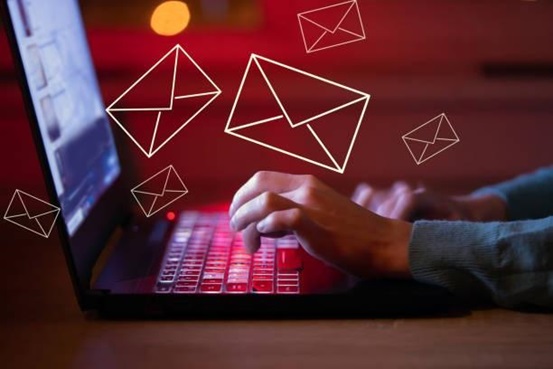Ensuring Data Privacy and Compliance
Managing a school email list requires strict adherence to data privacy regulations to protect the personal information of students, parents, and staff. Schools must comply with laws such as the Family Educational Rights and Privacy Act (FERPA) and the General Data Protection Regulation (GDPR), ensuring that email addresses are collected and used ethically. Consent should be obtained before adding individuals to the email list, and privacy policies should be clearly communicated. Transparency in data usage builds trust and reassures recipients that their information is handled responsibly.
Regularly Updating and Maintaining the Email List
A well-managed email list requires regular maintenance to keep it accurate and up to date. Schools should periodically review their database to remove inactive or outdated email addresses to reduce bounce rates and improve deliverability. Encouraging parents and staff to update their contact details ensures that important communications reach the intended recipients. Automated email verification tools can help identify incorrect or inactive addresses, maintaining the efficiency of the email system.
Segmenting the Email List for Targeted Communication
An effective school email list is not a one-size-fits-all solution. Segmenting the list based on relevant categories, such as students, parents, faculty, and alumni, allows for targeted communication that meets the needs of each group. Further segmentation by grade level, extracurricular activities, or specific interests ensures that recipients receive relevant information rather than generic messages. Personalized and targeted emails enhance engagement and reduce the likelihood of recipients unsubscribing due to irrelevant content.

Implementing Strong Security Measures
Email security is a critical aspect of managing a school email list. Schools should implement secure authentication methods such as two-factor authentication (2FA) for staff members who handle email communications. Strong passwords, encrypted email services, and secure access protocols prevent unauthorized access and protect sensitive information. Additionally, regular security audits help identify vulnerabilities and ensure that email systems remain secure against cyber threats.
Avoiding Spam and Over-Communication
Sending too many emails can overwhelm recipients and lead to disengagement. Schools should establish a clear communication schedule that ensures messages are sent only when necessary. Consolidating multiple announcements into a well-structured newsletter can help reduce the frequency of emails while still keeping recipients informed. It is also essential to comply with anti-spam regulations, such as the CAN-SPAM Act, by providing recipients with an easy way to opt out of emails if they choose to do so.
Training Staff on Proper Email Communication
Effective email list management involves training school staff on proper email etiquette and security protocols. Staff members responsible for sending emails should understand best practices for composing professional, clear, and concise messages. Training should also cover recognizing phishing attempts and avoiding suspicious links to prevent potential cyber threats. A well-informed staff contributes to a more secure and effective email communication system.
Using Email Automation for Efficiency
Automation tools can significantly improve the efficiency of managing a school email list. Schools can schedule emails in advance, set up automatic responses for inquiries, and create workflows for event reminders or newsletter distribution. Automation reduces manual workload while ensuring that important messages reach the right audience at the right time. Integrating email automation with school management software further streamlines communication and enhances productivity.
Monitoring Engagement and Analyzing Performance
Tracking email performance helps schools refine their communication strategies. Monitoring open rates, click-through rates, and response rates provides insights into how recipients engage with school emails. If engagement levels are low, schools can adjust their approach by improving subject lines, optimizing email content, or experimenting with different sending times. Regularly analyzing email metrics ensures that the school email list remains an effective tool for communication.
Conclusion
A secure and effective school email list is essential for maintaining clear and reliable communication with students, parents, and faculty. By ensuring data privacy, regularly updating the list, segmenting contacts, implementing security measures, and avoiding spam, schools can optimize their email communications. Training staff, utilizing automation, and monitoring engagement further enhance the effectiveness of the email system. With these best practices in place, schools can foster better engagement, build trust, and ensure that important messages reach the right audience efficiently.
Contact us
K12 DATA, INC.
Encinitas Technology Center
533 2nd St.,SUITE 105
Encinitas, CA 92024
Phone No:
800 257 8813
Social Links:
https://www.instagram.com/k12data/
https://www.linkedin.com/company/k12data/
https://www.facebook.com/K12DataInc/








